In Spirit: Essence of Ritual
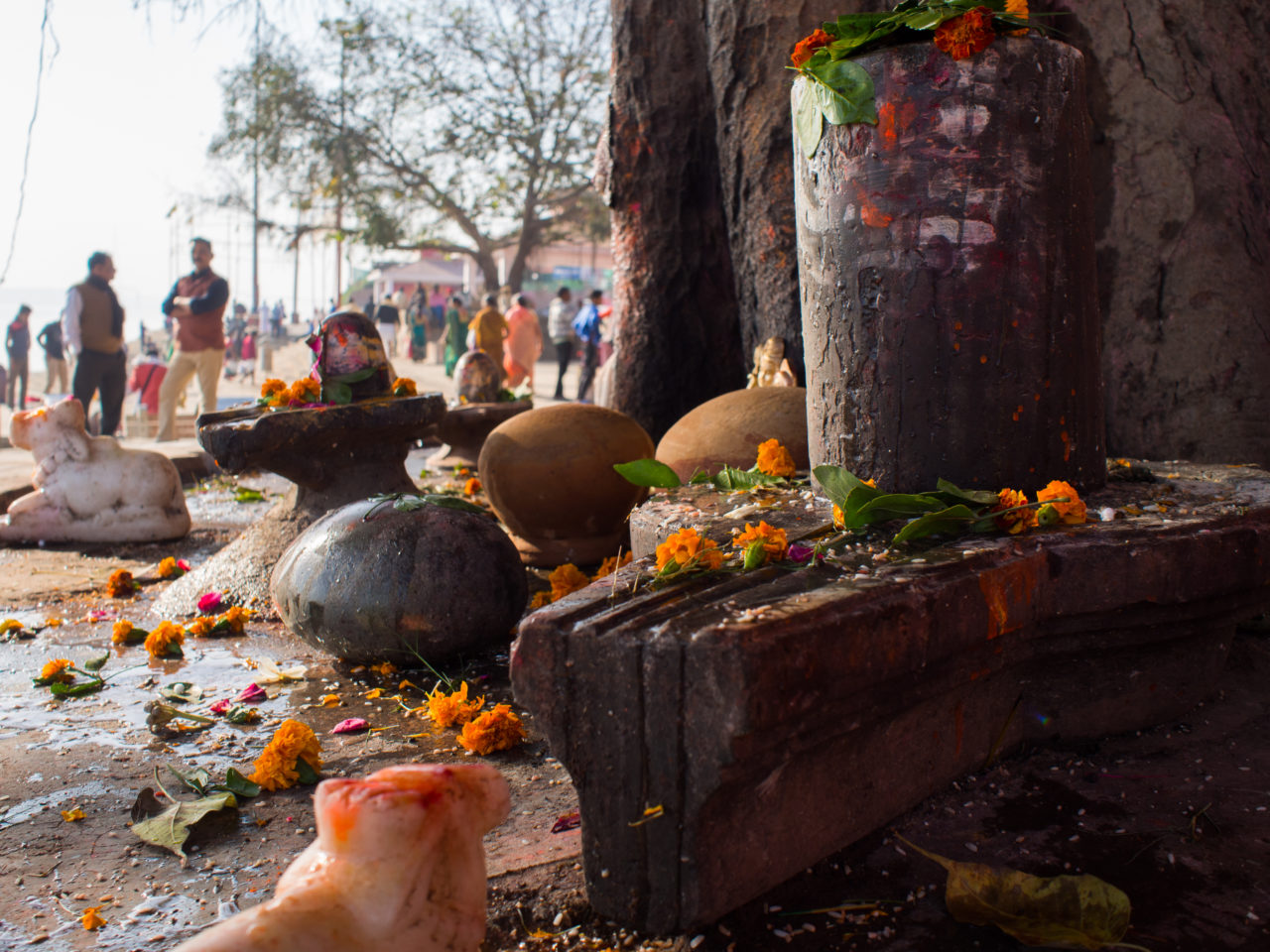
In chapter 29 of Tantraloka, Abhinavagupta describes the supreme lingam as the internal lingam (sloka 170).
Dans le chapitre 29 du Tantraloka, Abhinavagupta décrit le lingam suprême comme étant le lingam interne (sloka 170).
Last month we talked about the ritual as it appears in the cultural structure. Every culture has its own form of devotion. But what does devotion mean on a deep level, when there is no need to appease the deities, to ask for favor, or to glorify a divine image? What does the ritual mean beyond its religious constraint?
Le mois dernier nous avons parlé du rituel tel qu’il apparaît dans la structure culturelle. Toute culture connaît une forme de dévotion qui leur est propre. Mais qu’est ce que la dévotion signifie à un niveau profond, lorsqu’il n’y a ni besoin d’apaiser les déités, de demander une faveur ou de glorifier une image divine? Qu’est ce que signifie le rituel au delà de son carcan religieux?
In March, I take the Mysore route to meet up with Boris Marjanovic, a renown specialist of tantras and Kashmirian Shaivism — I hope to study under his tutelage regarding rituals as envisioned by Abhinavagupta. Abhinavagupta, an 11th century philosopher and a master of tantras from whom numerous theories and writings constitute seminal works even to this day, describes the internal ritual in his Tantraloka as being far superior to its external expression: its gestures bring about nothing if the internal movement, reflecting a clear comprehension, is absent. Under the translation and the enlightening explanations of Boris, the following slokas are unveiled:
Praising the goddess, the practitioner must gather the flowers of the ritual, kusuba. He must mentally collect them, meaning within himself, in the place where he finds his essential nature, where resides the state of delight, chamatkar.
The flowers are therefore offered, always mentally, in the priceless pot that continually overflows a river of joy, the mental bliss. The Goddess is venerated in the temple of the God, which is the body.
En Mars, je prends la route de Mysore afin de rencontrer Boris Marjanovic, spécialiste des tantras et du Shivaïsme cachemirien – je désire m’entretenir avec lui à propos de la vision d’Abhinavagupta sur le rituel. Abhinavagupta, maître des tantras et philosophe du 11eme siècle dont nombre de théories et écrits font encore autorité de nos jours, décrit le rituel interne dans son Tantraloka comme étant bien supérieur à ses expressions externes: les gestes n’amènent à rien si le mouvement interne, reflet d’une compréhension claire, n’est pas présent. Sous la traduction et les éclaircissements bienveillants de Boris, l’un des slokas du philosophe se dévoile:
Louant la déesse, le pratiquant doit collecter les fleurs du rituel, kusuba. Il doit les collecter mentalement, c’est à dire en lui-même, là où se trouve sa nature essentielle, où réside l’état de joie sans objet, chamatkar.
Les fleurs sont alors offertes, toujours mentalement, dans un pot inestimable qui déborde continuellement d’une rivière de joie et de l’état de grâce. La Déesse est vénérée dans le temple de Dieu qu’est le corps.

Flower, pot, river, temple, all the elements of the ritual are present, however they are integrated in their unmanifested form. For the practitioner who is established in this consciousness, the ritual has neither beginning nor end — it is not only internal, but it is also continuous, deposited in a state of constant joy (anutara) where the ritual is the act of perceiving Reality.
Boris continues: “the Consciousness exists, from moment to moment, and cannot not be since all that which is found beneath our eyes depends on its movement of creation. It is not a question of fabricating a state, rather on the contrary, to stop in order to allow the time to the perception to deployed itself within myself.”
When the dynamics towards something is gone, then there is pure perception. All rituals extend towards this experience of return to the Self, abandoning intentional dynamics, regardless of the external detours. Even if the practitioners are not always aware, it is this sole experience which is sought. The ultimate offering becomes the offering of all dynamics towards an object — the offering of oneself.
Fleur, pot, rivière, temple, tous les éléments du rituel sont présents, mais intégrés dans leur forme non manifestée. Pour le pratiquant établi dans cette conscience, le rituel n’a plus de début ou de fin. Il est non seulement interne, mais il est aussi continu, déposé dans un état de joie constante (anutara) où le rituel est l’acte même de perception de la Réalité.
Boris poursuit “la Conscience existe, d’instant en instant, et ne peut pas ne pas être, car tout ce qui se trouve sous nos yeux dépend de son mouvement de création. Il ne s’agit donc pas de fabriquer un état, mais au contraire, de s’arrêter pour laisser le temps à la perception de se déployer en soi”.
Lorsqu’il n’y a plus de dynamique vers quelque chose, il y a perception pure. Tout rituel tend vers cette expérience de retour sur Soi, d’abandon de dynamique intentionnelle, quels qu’en soient les détours externes. Même si les pratiquants n’en ont pas toujours conscience, c’est cette seule expérience que tout être recherche. L’offrande ultime devient l’offrande de toute dynamique vers un objet, l’offrande de soi.
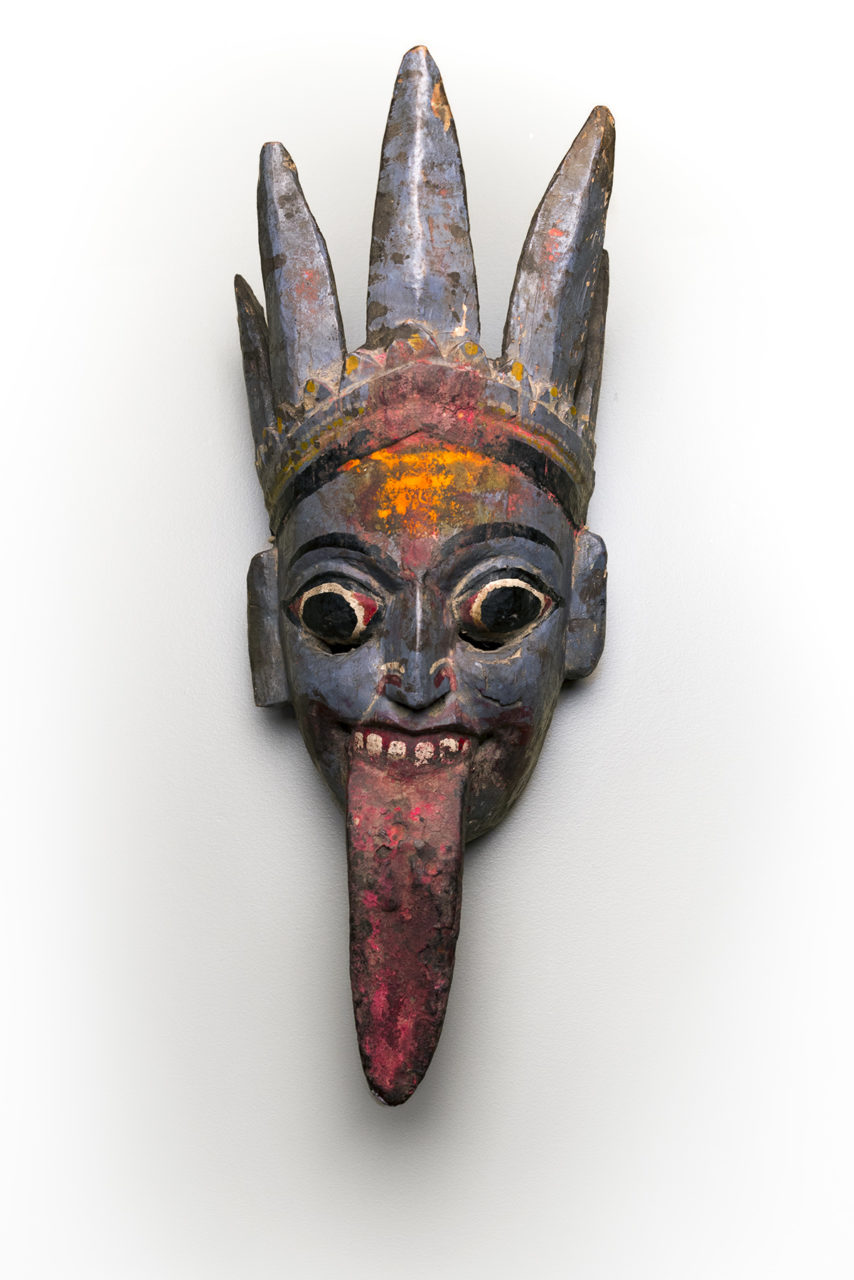
Ritual mask used during ritual and processions. Kali is the destroyer. In her metaphysical sense, the goddess liberates the practitioner from his ego by cutting off his head.
Masque rituel utilisé lors des rituels et des processions. Kali est la destructrice. Dans son sens métaphysique, la déesse libère le pratiquant de son ego en lui coupant la tête.
Devotional inclination is inherent to the human being. Throughout all times and all cultures, man sought to nourish his being, to investigate Reality and the Self. In this journey, the feeling of gratitude to something superior inevitably imposes itself and is expressed in the devotional form of the ritual. The modern Western world — a culture of mass and globalization — has abandoned this aspect of life. Yet, today more than ever, the modern being is searching for meaning and letting go, seeking spiritual nourishment. Material wealth, relationships, and a career will never fill this space of intimacy where the self is deposited in its origin. The one who connects to this space often experiences a sense of returning home. The mystics on their side use the image of the “thirsty being” who finally quenches their thirst without limit at its source.
If the ritual usually takes place in a religious context, it must also be seen how far it goes. It touches the mystical space, whether expressed in a Christian, Judaist (kabal), Hindu (Tantra) or Muslim (Sufism) form. Religion is socially organized, whereas the mysticism, which is its heart, relates the being to the absolute, to the principle which is before the person as body and spirit. It is direct contact and non-dual. At this moment, the ritual takes on an internal meaning, in which the external elements that can sometimes present themselves derive their expression from the understanding that the ultimate offering is the image of oneself. There is no movement “towards”, rather movement “by”. There is no more waiting, I am moved by the evidence. For the mystic, every moment is a ritualist act, because each moment is an opportunity to die to oneself, to fade in front of the Reality to let it express itself fully.
L’inclinaison à dévotion est inhérente à l’être humain. De tout temps et de toutes cultures, l’homme a cherché à nourrir son être, à investiguer la réalité et le Soi. Dans ce cheminement la sensation de remerciement à quelque chose de supérieur s’impose inévitablement et se traduit par la forme dévotionnelle du rituel. Le monde moderne occidental – culture de masse et de globalisation – a délaissé cet aspect de la vie. Pourtant, aujourd’hui plus que jamais, l’être moderne est en quête de sens et de lâcher prise, de nourriture spirituelle. La richesse matérielle, les relations, une carrière, ne combleront jamais cet espace d’intimité où le soi se dépose en son origine. Celui qui connecte cet espace témoigne souvent d’une sensation de retour à la maison. Les mystique de leur côté utilisent l’image de l’être assoiffé qui finalement se désaltère sans limite à sa source.
Si le rituel prend généralement place dans un contexte religieux, il faut donc aussi voir combien il le dépasse. Il touche à l’espace mystique, qu’il soit exprimé dans une forme christienne, judaïste (kabal), hindouiste (tantra) ou musulmane (soufisme). La religion s’organise dans un contexte social, alors que la mystique qui en est le coeur rapporte l’être à l’absolu, au principe qui est en deçà de la personne en tant que corps et esprit. Il est le contact direct et non-duel. Le rituel prend alors une sens interne, où les éléments externes qui peuvent parfois se présenter puisent leur expression dans la compréhension que l’offrande ultime est l’image de soi-même. Il n’y a plus de mouvement “vers”, mais un mouvement “par”. Il n’y a plus d’attente, je suis mû par l’évidence. Pour le mystique, chaque instant est act rituel, car chaque instant est une opportunité de mourir à soi-même, de s’effacer face à la Réalité pour la laisser s’exprimer pleinement.
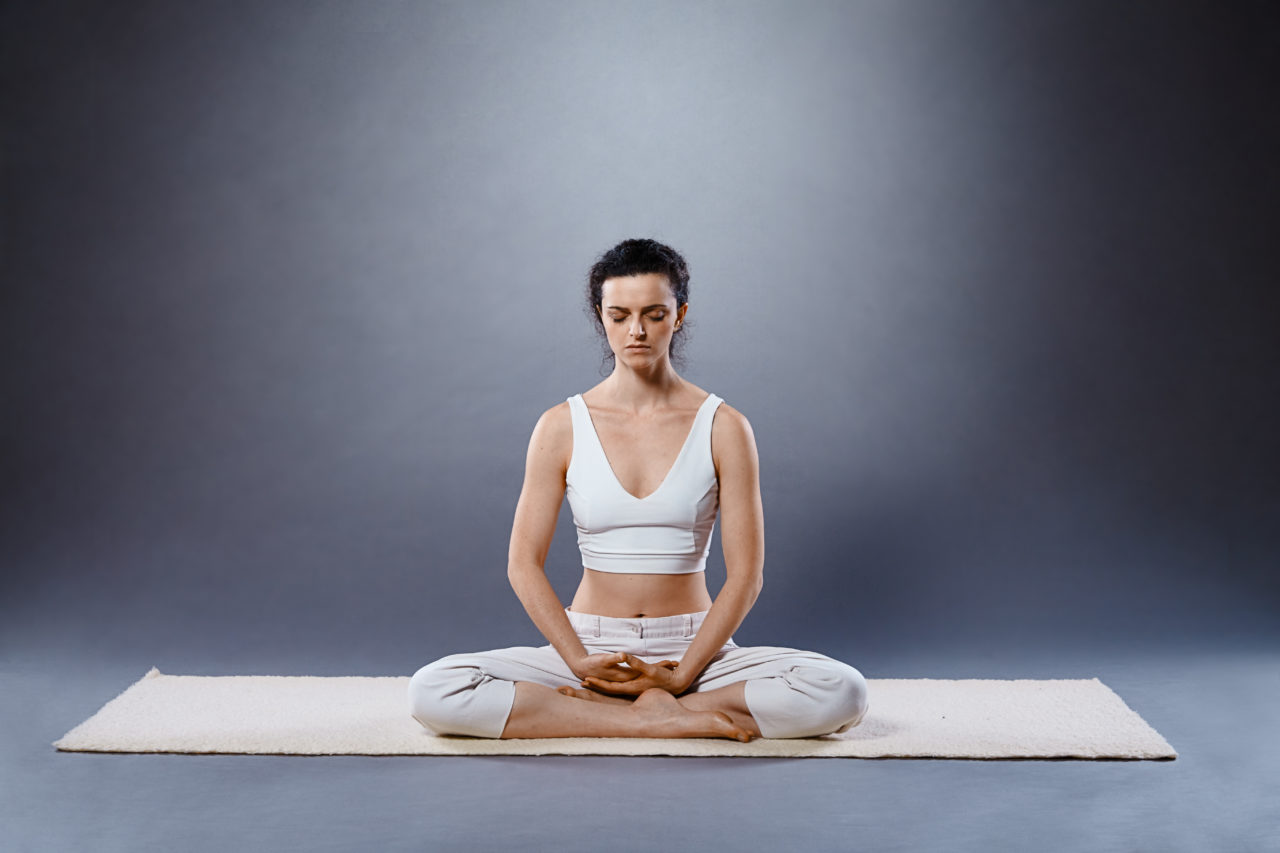
In the seat, the legs, symbol of intentional dynamics, are crossed to signify the abdication. The right hand placed in the left hand, evokes the same renunciation of any pretension to do, to think, to add flourishes. In the obvious, give yourself to the moment.
Dans l’assise, les jambes, symbole de dynamique intentionnelles, se croisent pour signifier l’abdication. La main droite déposée dans la main gauche, évoque la même renonciation à toute prétention de faire, de penser, d’ajouter des fioritures. Dans l’évidence, se donner à l’instant.
Practices associated with mystical approaches are a way of actualizing this presentiment, and thus participate in the ritual space. Yoga, in its internal form, is not a physical practice of gymnastics to be more flexible, more spiritual, or more healthy. Yoga is an exploration that directly investigates the nature of being through listening without calculations. This internal exploration is not limited to yoga; it is present in the practice of mantras, or among whirling dervishes, calculations of the kabala, the mystical orations of the yogi, the christian, the sufi or he who, without having need of a name, touches the resonance of the Absolute. The ritual can not be circumscribed or defined rather it exists and is justified on several levels. In his heart, it is the exploration of being. It is the honest investigation of one who sees without commenting, without changing the situation to arrange himself — a movement by which the ego can not maintain itself. When this space is touched, there is only ritual in its form of gratitude. Being exists only to be worshipped and thanked, where the thankfulness in its archetypal form of dynamics of the Consciousness is reflected in its own mirror.
Les pratiques liées aux approches mystiques sont une manière d’actualiser ce pressentiment, et participent donc de l’espace rituel. Le yoga dans sa forme interne n’est pas une pratique physique de gymnastique qui permet d’être plus souple, plus spirituel, plus en santé. Le yoga est une exploration qui investigue directement la nature de l’être par l’écoute dénuée de calculs. Cette exploration interne ne se limite pas au yoga, elle est présente dans la pratique des mantras, ou encore chez les dervish tourneurs, les calculs de la kabbale, et les oraisons mystiques du yogi, du chrétien, du soufi ou de celui qui, sans avoir besoin d’un nom, touche la résonance de l’Absolu. Le rituel ne peut se circoncire ou se définir. Il existe et se justifie à plusieurs niveaux. En son coeur, c’est l’exploration de l’être, c’est investigation honnête de celui qui voit sans commenter, sans changer la situation pour s’arranger, mouvement par lequel l’égo ne peut se maintenir. Quand cet espace est touché, il n’y a que rituel dans sa forme de remerciement. L’être n’est là que pour adorer et remercier, remerciement dans sa forme archétypal de dynamique de la Conscience qui se mire dans son propre miroire.
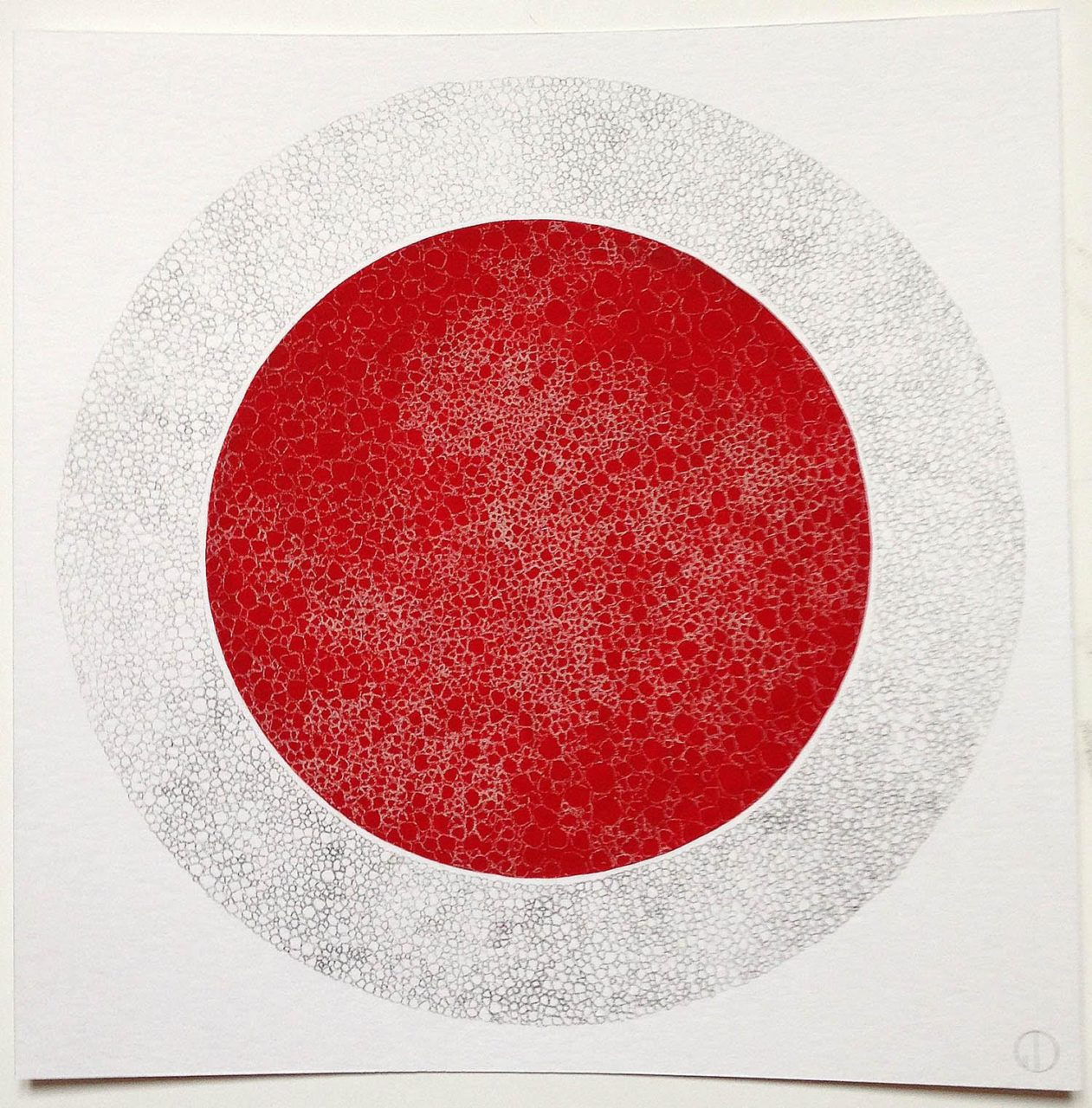
Modern representation of the absence of the ego “Red Heart” | Nathalie Delay
“It seems to me important to express, by all means, beauty, to provoke an emotion of beauty that bypasses any need to use words to comment.”
“Don’t put the absolute, the essence, in a box. It is the total vastness – the total infinity.
So the best you could do is to accept to lose all your objects – to let them dissolve in this essence, in this total space.
And the ultimate object you need to dissolve is yourself. The image of yourself. Let it also dissolve in space. And accept to lose every object – anything that belongs to you – then you have access to the essence.”
Représentation moderne de l’absence de l’égo “Coeur Rouge” | Nathalie Delay
“Il me semble important d’exprimer, par tous les moyens, la beauté, de provoquer une émotion de beauté qui court-circuite tout besoin de recourir aux mots pour commenter.”
“Ne placez pas l’absolu, l’essence, dans une boîte. C’est l’immensité totale – l’infini total.
Donc, le meilleur que vous puissiez faire, c’est d’accepter de perdre tous vos objets – pour les dissoudre dans cette essence, dans cet espace total.
Et l’objet ultime que vous avez besoin de dissoudre est vous-même. L’image de vous-même. Laissez-la se dissoudre dans l’espace. Et acceptez de perdre tout objet – tout ce qui vous appartient – alors vous avez accès à l’essence”.
Special thanks to Stéphane Desmeules for the photos of Boris, and to Boris Marjanovic for opening his door to us and sharing his knowledge with such generosity. As for the re-reading and translation, my gratitude goes to Kweku for the English, my grandmother for the French, and Ana Luiza Feres for her translation in Portuguese.
Remerciements à Stéphane Desmeules pour les photos de Boris, et Boris Majianovich pour nous avoir ouvert la porte de sa maison et partager son savoir avec tant de générosité. Quant à la relecture et la traduction, toute ma gratitude s’en va vers Kweku pour l’anglais, ma grand-mère pour le français et Ana Luiza Feres pour sa traduction en portugais.

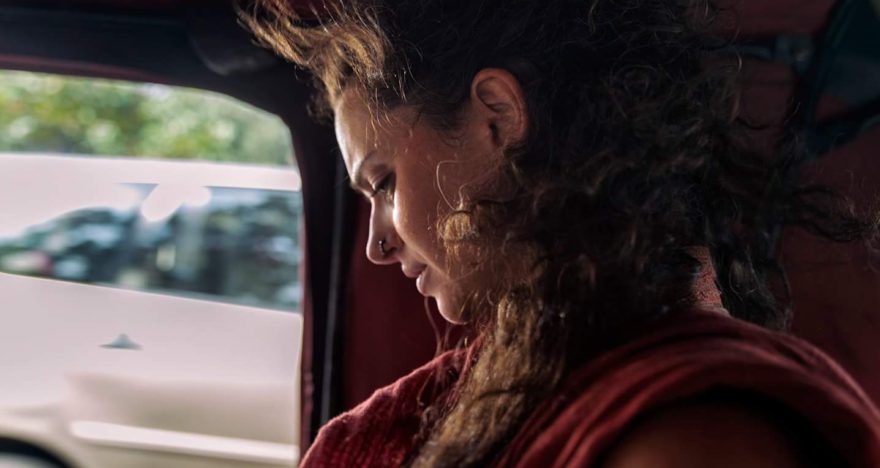
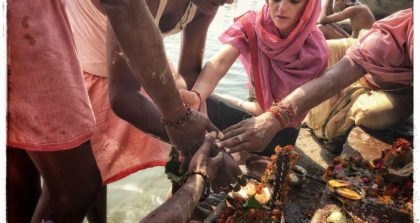
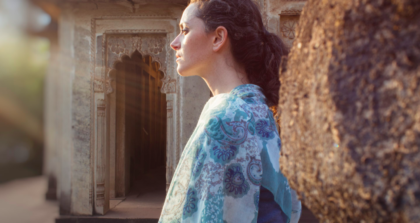
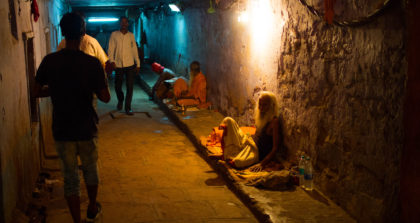
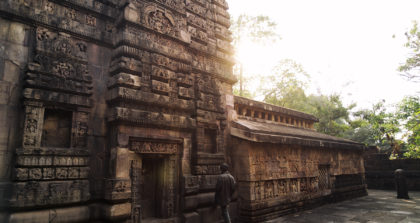
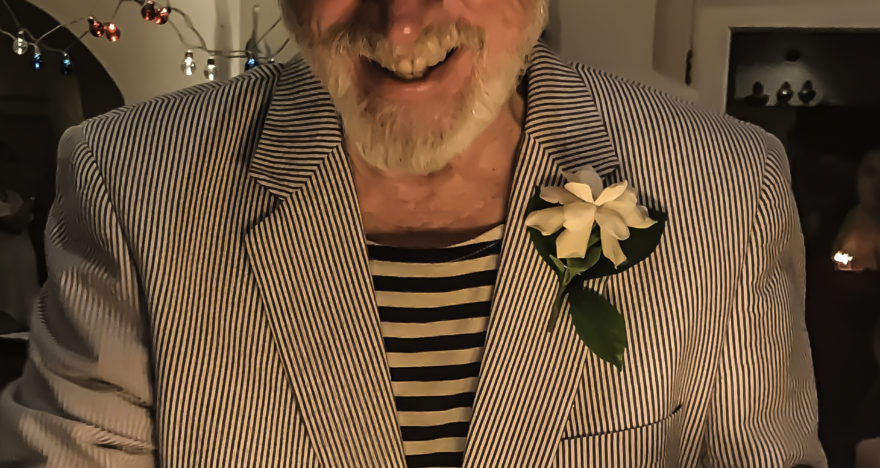
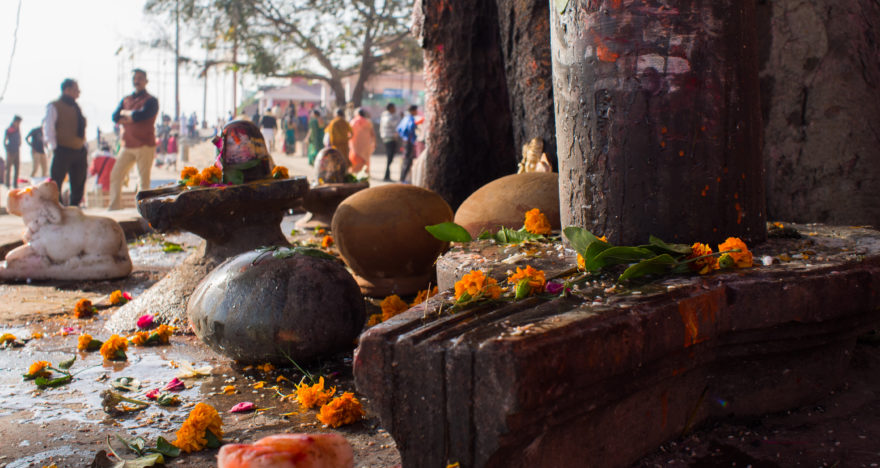
View Comments
No Comments (Hide)